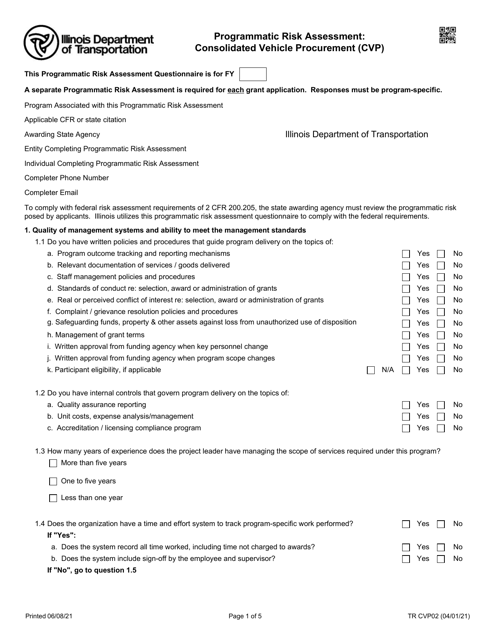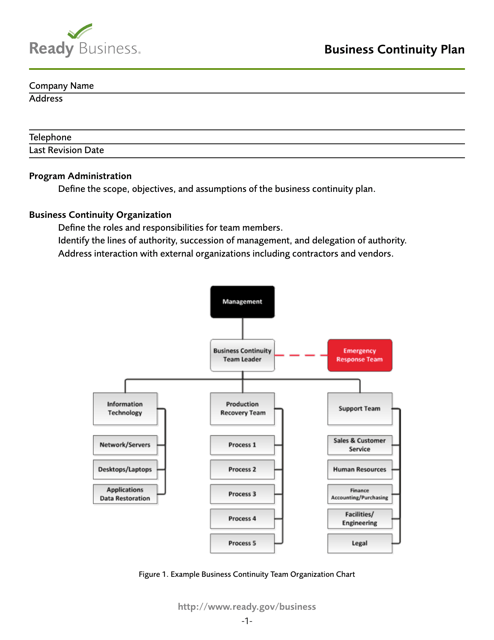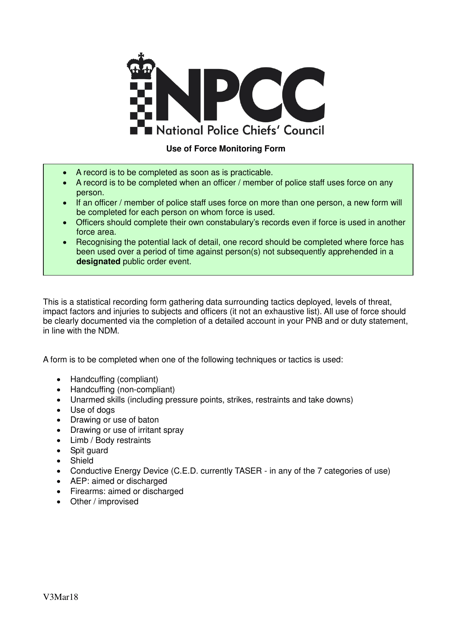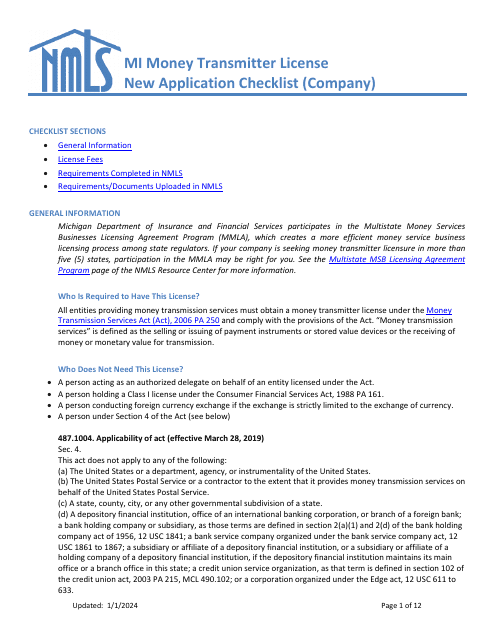Free Risk Assessment Templates
Documents:
442
This form is used for conducting a programmatic risk assessment for the Consolidated Vehicle Procurement (CVP) program in Illinois. It helps to evaluate the potential risks associated with the procurement of vehicles in a consolidated manner.
This document is a task book for the Youth Firesetter Program Manager position in Oregon that outlines the required tasks and skills for the role.
This document is for firefighters in Oregon who are looking to become certified at the Fire Officer II level. It contains the necessary tasks and skills that need to be demonstrated in order to achieve this certification.
This document is a task book for fire officers in Oregon. It is used to track and evaluate their performance in various tasks related to fire safety and emergency management.
This document outlines a comprehensive plan for managing and operating a commercial flock of animals. It includes strategies for breeding, feeding, health management, and overall profitability.
This document reports on the crop loss of hemp in Pennsylvania.
This document is a checklist for Risk Retention Groups in South Dakota to complete their annual filings. It outlines the necessary steps and requirements for filing.
This document identifies the risks related to participation and informed consent, as well as the photo release form for Building Zion Youth Camp at the Territorial Statehouse State Park Museum in Fillmore, Utah. It outlines the potential risks involved and seeks consent from participants for any use of their photographs.
This document outlines the procedures and protocols a business has in place to ensure its operations can continue in the event of a disruption or emergency. It includes measures to minimize downtime, protect sensitive data, and ensure employee safety.
This plan acts as the internal strategy of a business that contains measures the company will take to continue its regular operations in the event of a major disruption.
This type of business plan is adapted for individuals who would like to start a farming business and for entities who are conducting farming business.
This type of assessment refers to a system of evaluating the security of a company following the regulations established by the National Institute of Standards and Technology (NIST)
This is a written analysis of the IT systems of an organization prepared to detect the existing and potential flaws and implement protective measures that will keep the organization or business safe.
This type of assessment is used as a process of identifying and evaluating potential risks that can affect a company's well-being.
Vendors may use this assessment as a process of examining and assessing suppliers for goods and services as prospective business partners before entering into agreements with them.
This document acts as a documented process of identifying flaws and introducing safety measures to protect a health organization.
This form is used for accepting and documenting risks in the state of Louisiana. It helps stakeholders assess and make informed decisions regarding potential risks and their implications. The form serves as a formal acceptance of identified risks and outlines the steps taken to mitigate or manage them.
This Form is used for completing a Process Failure Modes and Effects Analysis (PFMEA) for the OO-ALC (Ogden Air Logistics Complex) in Hill Air Force Base, Utah. The PFMEA is a method used to identify and prioritize potential failure modes and their effects on a process. It helps in identifying and implementing actions to prevent or mitigate these failures.
This Form is used for assessing suicide risk in the state of Washington. It is designated as the DOC13-371 Suicide Risk Assessment form.
This Form is used for conducting an exit review for the State of Louisiana Purchasing Card Program.
This document is a tuberculosis risk assessment form specifically designed for adults in North Dakota. It helps individuals and healthcare professionals evaluate the risk of tuberculosis infection and determine appropriate preventive measures.
This type of document is used for monitoring the use of force in the United Kingdom.
This document is a task book specifically designed for Fire Officer I certification in the state of Oregon. It contains a detailed list of the necessary tasks and skills that aspiring fire officers must complete in order to meet the requirements of the National Fire Protection Association (NFPA).
This document provides a checklist for conducting a geophysical report in New Brunswick, Canada. It outlines the necessary steps and requirements for conducting a thorough geophysical assessment.
This form is used in Florida to assess the potential risks to infants.
This document is a questionnaire used in Illinois to assess the risk of prenatal lead exposure. It helps identify potential sources of lead and provides guidance on reducing or eliminating exposure.
This document provides guidelines and procedures for assessing and managing biosafety risks in the state of Mississippi. It covers topics such as identifying potential risks, evaluating their impact, and implementing necessary control measures.
This document designates an individual as the Compliance Manager in North Carolina.
This form is used for conducting a self-assessment questionnaire for fire and emergency medical services in Virginia.
This form is used for filing a petition to request an emergency substantial risk order in the state of Virginia.
This document provides a checklist for large buildings (greater than 500m2) in Queensland, Australia. It covers various requirements and considerations for ensuring compliance and safety in these types of structures.
This document is a questionnaire related to the Produce Safety Rule in Arizona. It is used to gather information and ensure compliance with food safety regulations for produce growers in the state.
This document is a checklist used for sponsor certification in the oversight risk assessment of AIP grants.
This form is used for obtaining a health and safety certification for in-person arguments. It ensures that proper measures and protocols are followed to protect the health and safety of individuals participating in the argument.








































